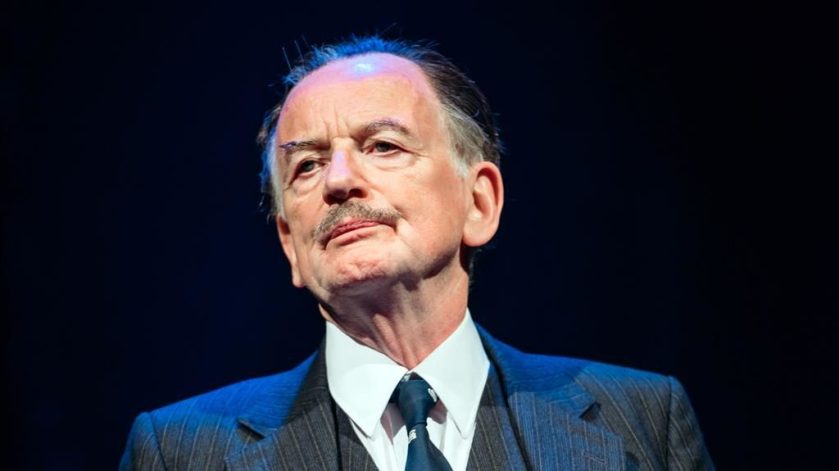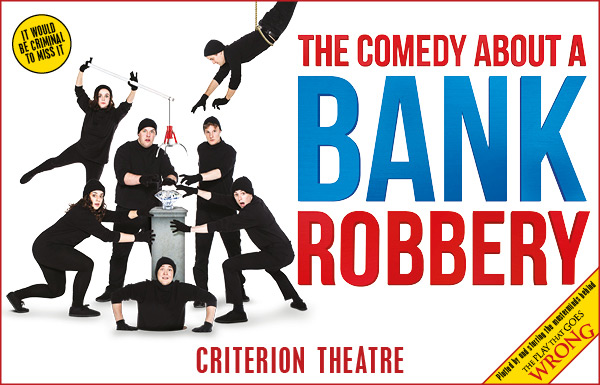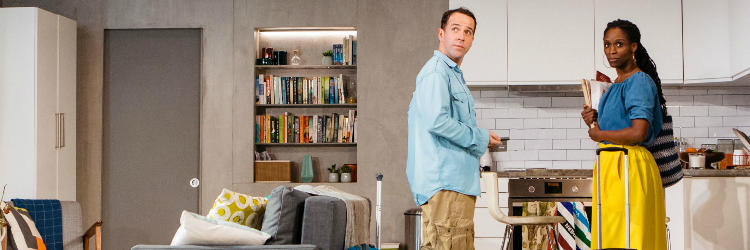
Albion
Almeida Theatre, 21st October 2017
Now we all know Mike Bartlett is a great writer. If you don’t know his stage work then, if you love your telly in the UK, you will likely have come across his mini-series Doctor Foster. So you will know that he can write a totally gripping story and that he is not averse in taking liberties with plot construction in order to generate a few outrageous WTF moments. Now it helps that this series was blessed with some top-drawer acting talent in Suranne Jones, (up next in a revival of Frozen alongside Jason Watkins and Nina Sosanya at Theatre Royal Haymarket in what looks like casting made in heaven), the chameleonic Bertie Carvel (I would watch anything he does), Adam James (ditto and who is a Mike Bartlett veteran) and the gifted Victoria Hamilton.
And it is Ms Hamilton who takes the leading role of Audrey Walters in Albion. She is, quite simply, brilliant. I will get to the play shortly but just let me wax lyrical about Victoria Hamilton for a bit. Her Audrey is sharp, snappy, curt, brusque, tactless. A seemingly detached mother. A wife who takes her (second) husband for granted. A friend who has no interest in the life of her oldest chum. An alpha businesswoman. Yet she is also very funny, and, as we increasingly find out, vulnerable. At the heart of Mr Bartlett’s rich text it seems that Audrey, in all her contradiction, is all of us, or more specifically, is this country, whatever it might be. I guess the clue was always in the title but Albion is an allegory which takes a substantial domestic family drama as the mechanism to explore issues of national identity, place and heritage. The Brexit convulsions ooze out of the very earth, of which there is plenty on stage, though the accursed word is never mentioned.
It is a bloody marvellous role and an equally marvellous performance. You may have seen Ms Hamilton in other roles on the telly, maybe in costume dramas and the like, and I envy you if you have seen her on the stage, for she is an infrequent board-treader. Her stage reputation is immense though. I can now see why. I have no right to ask, as someone who sits around on his lardy arse most days, but PLEASE PLEASE PLEASE Victoria, come back to the stage soon when this one is over. Mind you if this doesn’t get a West End transfer, I’ll be gobsmacked (though I can see some logistical challenges).
Panegyric over. What about the play? Our Audrey has left her successful “home-stuff” business in the hands of the minions. She has bought a pile she knew from childhood in rural Oxfordshire. and left London behind. It is the garden that matters to her though. It had been created by a certain Mr Weatherbury and was of immense national importance. It has gone to rack and ruin. Audrey wants to sink some of cash into restoring it to its former glory (see where we are going ….), and create a memorial to the dead of the Great War, and, we quickly learn, her son James, who was pointlessly killed in one of the recent wars. With her come her browbeaten, though wryly optimistic, husband Paul (a spot on Nicholas Rowe) and self-absorbed, millenial daughter Zara (an anxious Charlotte Hope) who wants to write and would rather be in London. Audrey inherits a couple of retainers in husband/gardener and wife/housekeeper Matthew (Christopher Fairbank, hard to imagine anyone else better suited to the part) and Cheryl (Margot Leicester, who shows perfect comic timing) but they are getting on a bit so Audrey, somewhat tactlessly, recruits ambitious Polish cleaning entrepreneur Krystyna (Edyta Budnik), and the rather enigmatic local boy Gabriel (a compelling Luke Thallon) to help . Our cast is completed by Anna (Vinette Robinson, who convinces in what is a tricky role), who is James’s grieving girlfriend, Katherine Sanchez (Helen Schlesinger), very successful writer, best friend of Audrey since university and overt “remainer”, and conservative neighbour, Edward (Nigel Betts).
No commentary on what happens next. I insist you see for yourself. There are though some moments of very high drama as the tensions between the characters unfold. Some of these scenes push us to the edge of credulity but, as with Mr Bartlett’s other work, he gets away with it because it is so damnably thrilling.
Rupert Goold’s direction doesn’t stand in the way of any of this, indeed positively encourages it, and it gives his lighting (Neil Austin), sound (Gregory Clarke) and movement (Rebecca Frecknall) colleagues room to have some real fun. All the action is set in the red garden “room” of Weatherbury’s original design. Miriam Buether’s “thrust” forward design is a cracker. A raised oval lawn with trusty oak tree and seat at the back and with a bed all around which is transformed halfway through. This England indeed.
If the set up above sounds like a certain Mr Anton Chekhov you’d be right. It unashamedly has Cherry Orchard crawling all over it, and, greedy bugger that he is, he even takes a few feathers out of The Seagull. Why not though? Chekhov being the perfect template for showcasing the intersection of the personal and the political, the delineation of class, the weight of history and the vice of nostalgia. The garden itself is a quintessential metaphor for change. We English have always been good at gardens and don’t we just love ’em. Chekhov meshes comedy, tragedy and banality whilst hurling in a few bombshells. Mr Bartlett does the same.
Into this set-up then is layered a whole series of perspectives of what “we”, have been, are now, and, possibly, are going to be, now “we” have taken this unprecedented step. The short answer, if you were to ask me, is that “we” have been monumentally stupid. Mr Bartlett, as you might expect, is rather less dogmatic, and offers ambiguity (and indeed his greatest nod to Chekhov), at the end. He reminds us that even dear old Blighty is regularly convulsed by clashes between those who welcome the future, and those who cling to the past. Because, in some way or other, we all embrace this dichotomy.
The text swirls with meaning. Perhaps a little too much. This is what holds me back from a full-on JFG 5* review. Direction, staging, performances – all tip top. Garden as metaphor, check. Chekhov as inspiration, check. Formal structure, check. Narrative arc, check. Plot and characters, check. Ideas and meaning, a qualified check. Not the subject, no way, nothing right now more important could appear on a London stage. Just that maybe a few of the threads can could have been pulled a little more tightly together.
Minor criticism. This is still a hefty slab of theatre which captures the zeitgeist. Maybe not quite as immediately remarkable as the last combination of Mike Bartlett and Rupert Goold at this very venue, King Charles III. But it may well turn out to have even greater resonance as, brace yourselves, the impact of this Brexit caper has only just begun.









